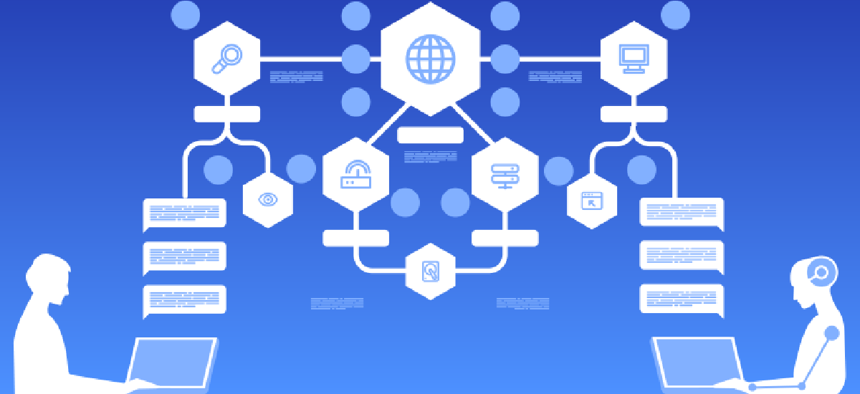When natural disasters strike, intelligent virtual assistants respond

By including virtual assistants in contact centers, emergency response agencies can avoid additional spending and backlogs, increase efficiencies and improve the citizen experience.
When citizens have a critical need, whether from events expected or unexpected, their rush to seek assistance can overwhelm even the most prepared government contact centers. So when recent natural disasters hit California, Texas, Florida and Puerto Rico, an immediate and massive response was needed by agencies tasked with helping affected citizens. In times like these, contact centers can become inundated -- not just in the immediate aftermath, but in the months following as victims file claims for assistance for housing, food, health care and more.
The unique urgency of addressing citizen service during natural disasters
When there is a natural disaster, call volumes to government agencies can spike. Without the ability to scale quickly, this extra traffic invariably leads to longer hold times for the citizens reaching out for help. Backlogs in both handling calls and processing the thousands of claims and appeals slows much-needed assistance and relief to citizens.
While leveraging additional staffing and systems from vendors that specialize in managing these surges can help, it is not practical to maintain them as a permanent solution. Procuring additional staffing and infrastructure for new or expanded contact centers is rarely cost-effective. It requires extensive time to execute and ultimately leaves agencies with expensive resources they have to maintain but may not always need.
Relief agencies are also keenly aware of budget and resource limitations, so they need a long-term, cost-effective solution that allows them to quickly and effectively establish or scale up contact centers during these volume spikes -- with both live agents and robust self-service tools. They must also be able to easily reduce services levels during down cycles, continually adjusting to maximize efficiencies, without lowering the quality of the citizen experience.
Intelligent virtual assistants can save critical resources
Artificial intelligence can be a valuable tool in addressing the citizen service challenges that arise from a natural disaster. With systems like contact center intelligent virtual assistants -- which take the best speech recognition technologies from traditional interactive voice response (IVR) systems and incorporate human assistance to circumvent their traditional restrictions -- citizens can resolve many of their own requests. This enables contact centers to process more citizen requests faster without increasing staffing.
“Citizens are used to an Amazon-like experience,” says Martha Dorris, a former GSA executive and founder of Dorris Consulting International. “They are comfortable using self-service tools to conduct a transaction, but they don’t want the run-around, especially not from an automated system.”
Additionally, intelligent virtual assistants use each interaction with a citizen to make the system smarter and more adept. By using machine learning and the help of a behind-the-scenes human assistor, it can overcome obstacles it encounters and then retain the action for future scenarios. These AI-enabled assistants can actually “learn” from experience and become adept enough to complete upwards of 60 percent of citizens’ requests. And, with a 95-percent success rate in recognizing natural speech, intelligent virtual assistants can reduce citizen frustration by preventing misunderstanding, repetition and misdirection.
Another benefit of the intelligent virtual assistant technology is that it is hosted in a secure cloud environment, eliminating the need for new facilities or expanded technology infrastructure. Agencies can choose when and where they use intelligent virtual assistants -- whether just to meet increased demand or as a part of their overall contact center strategies.
As unpredictable as natural disasters can be, we know they will occur. Agencies can increase their preparedness by incorporating AI-enabled intelligent virtual assistants into their response strategies. By including virtual assistants in their contact centers, as an emergency resource or as part of normal operations, agencies can avoid additional spending and backlogs, increase efficiencies, improve the citizen experience and delivery on their primary mission of helping people and communities recover from natural disasters.





